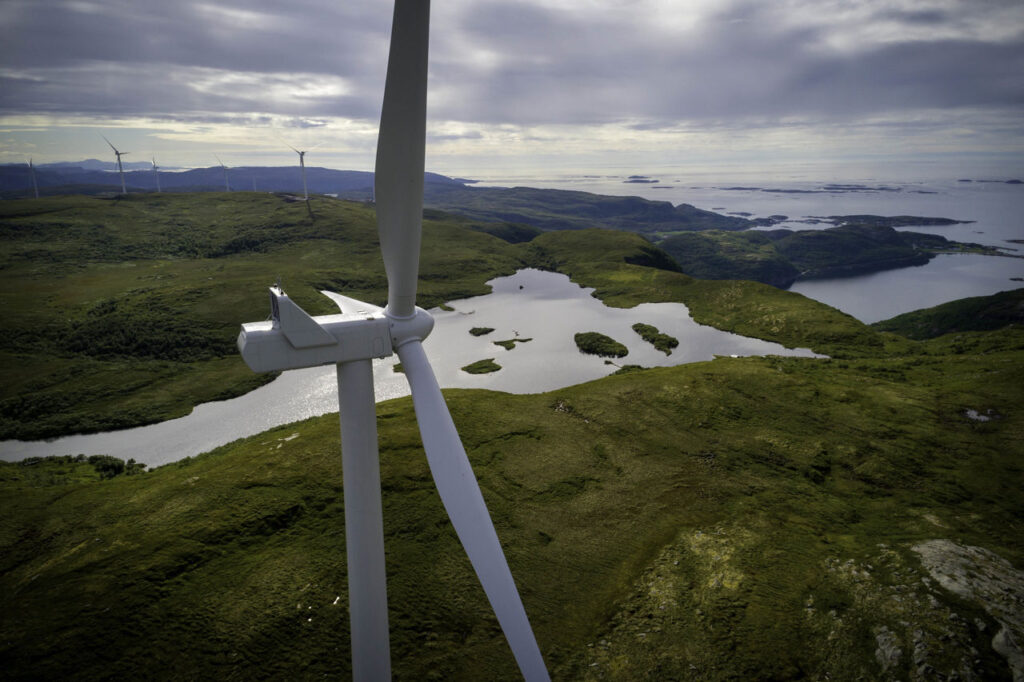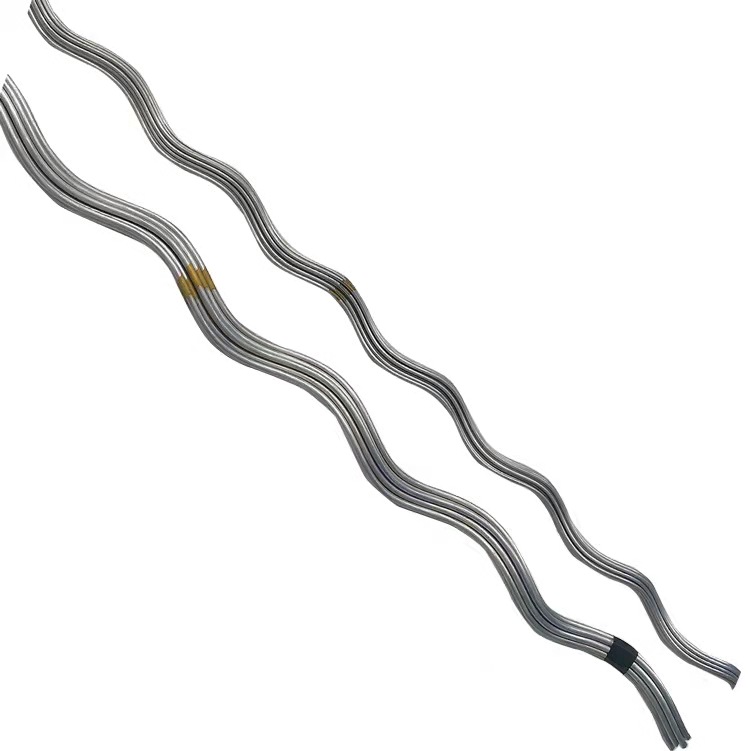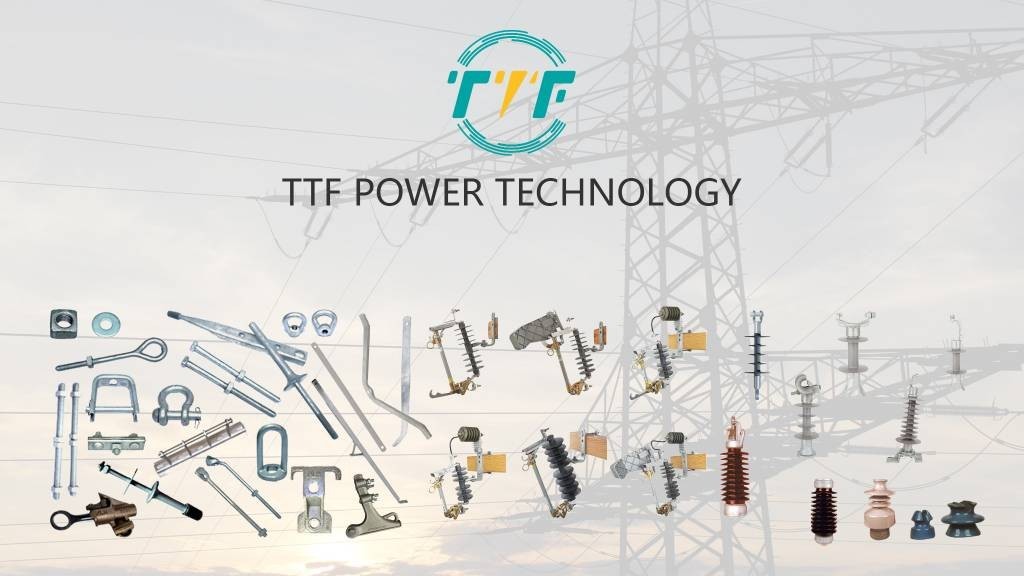
Engie Chile selected CRJ Renewables, a renewable energy firm located in Portugal, to build a 165 MW wind farm as part of its transition to a more sustainable energy matrix. The collaboration emphasizes the global aim to build clean energy infrastructure in areas with strong renewable energy potential. Engie and CJR Renewables are building the Pemuco wind farm to boost renewable energy production and lower greenhouse gas emissions. The corporation has expanded Chile’s portfolio with solar, wind, and hydroelectric projects. It also contributes technical expertise and experience managing large-scale wind energy projects, ensuring that construction runs smoothly and on time. The Pemuco wind farm consists of wind turbines, electrical infrastructure, and other key components. This initiative has the potential to increase renewable energy capacity, drive technological advancements, and foster global collaboration. Armor rods protect and fortify the overhead cables that carry electricity from wind turbines to the grid.
Armor rods play an important role in the building, expansion, and development of wind farms in Chile. High-quality armor rods are critical to assuring the electrical infrastructure’s durability, safety, and efficiency. This also promotes the successful operation of wind farms and contributes to Chile’s renewable energy targets. Armor rods also address issues including mechanical stress, vibrations, and harsh weather conditions. They help to protect the conductors that carry power from the wind turbines to the substation.
Applications for armor rods in wind farm building and expansion.
Armor rods are protective components used in the building of wind farms’ power transmission lines. Armor rods contribute to the safety, durability, and efficiency of electrical infrastructure. These components also serve to shield conductors, reduce wear, avoid errors, and improve transmission stability. They also assure that the Pemuco wind farm has a dependable, efficient, and long-term renewable energy infrastructure. The following sections discuss the applications of armor rods in wind farm buildings in Chile.

- Protecting conductors from mechanical stress—wind farms in Chile need high-voltage transmission lines carrying electricity from turbines to substations. Armor rods prevent conductor damage caused by strong winds, vibrations, and tension during operation.
- Preventing wire fatigue and abrasion—armor rods protect the wires from wearing out due to friction with insulators, clamps, and other components.
- Reducing electrical arcing—poor support of conductors can cause electrical faults or arcing, which leads to energy loss. Armor rods enhance the electrical performance of transmission lines by ensuring firm, vibration-free connections.
- Enhancing structural stability of transmission lines—armor rods strengthen conductors and ensure they remain attached to poles and towers. Wind energy projects need extensive overhead transmission networks to distribute power efficiently.
- Improving wind farm reliability and efficiency—armor rods help reduce maintenance costs and downtime. This ensures consistent energy generation and transmission, which makes Chile’s wind farms more cost-effective and sustainable.
Potential hurdles to wind farm building in Chile.
CJR Renewables is making progress with its 165 MW Pemuco wind farm in Chile’s Nuble area. Several obstacles may arise during the construction process. They range from legislative impediments to technical difficulties, all which can have an influence on deadlines, prices, and efficiency. Successful integration of these concerns requires proactive planning, robust stakeholder participation, and targeted infrastructure expenditures. At TTF Power, we are a world-class global provider of high quality overhead line hardware, transmission hardware, distribution hardware, conductors, insulators, cutout switches, anchoring and grounding products. Here are the main potential challenges:

- Regulatory and environmental challenges—Chile has strict environmental and land-use regulations for renewable energy projects. Securing approvals for land use, environmental impact assessments, and grid connections can be time-consuming.
- Grid integration and transmission challenges—Chile has experienced grid congestion in areas with high renewable energy penetration. Delays in upgrading transmission networks could affect the efficient delivery of power.
- Supply chain and logistics issues—parts like wind turbine blades, nacelles, and transformers are imported, which could increase costs. There may be a need for upgrading roads, bridges, or ports to transport large wind turbine components.
- Investment risks—Wind farm development needs large upfront investments, and increased costs of materials, inflation, or currency fluctuations could impact feasibility. Fluctuations in electricity prices might lower financial returns for wind energy projects.
- Technical and engineering challenges—the wind conditions should be assessed to optimize wind turbine placement and efficiency. The wind farm infrastructure should be able to withstand high winds, seismic shocks, and heavy rainfall. Wind turbines need ongoing maintenance to optimize efficiency.
